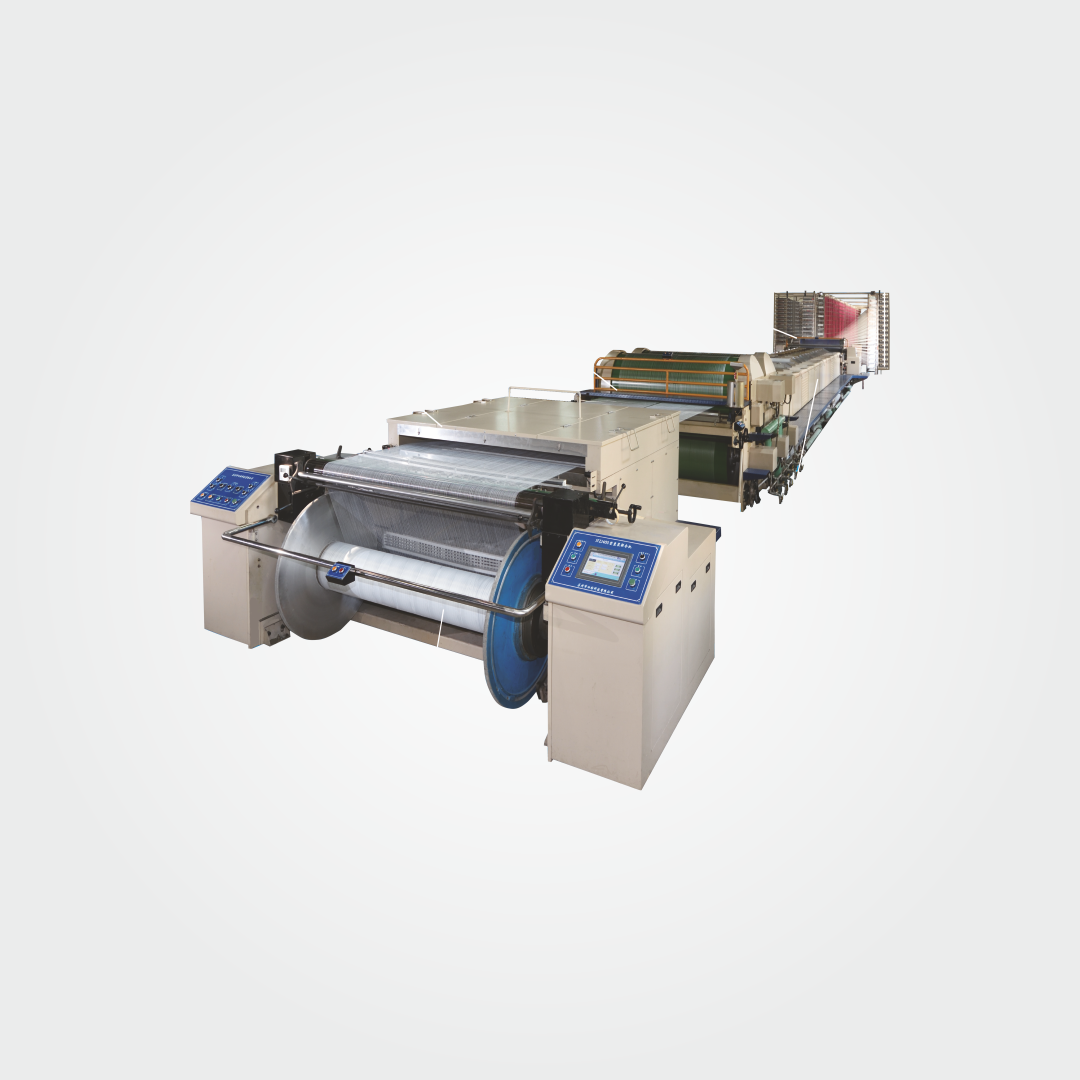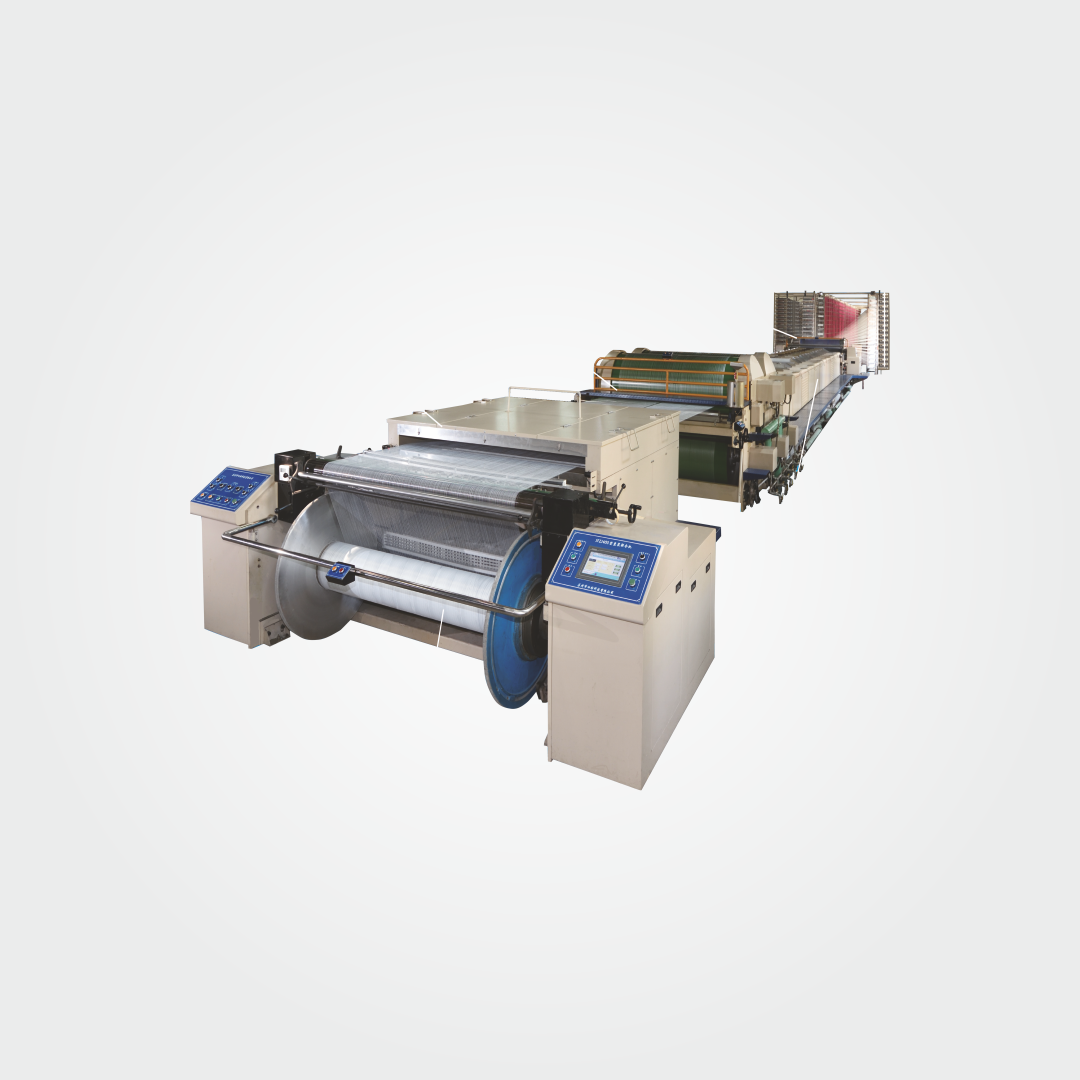A sizing machine is an industrial equipment used in the textile industry to apply a coating to yarn or fabric to improve its strength, stiffness, and other physical properties. The machine works by applying a sizing agent to the yarn or fabric surface, then drying and curing the coating to create a stable and consistent size.
Some of the key features and specifications of a typical sizing machine include:
- Type of machine: Sizing machines can be of various types, such as beam sizing machines, direct warping sizing machines, or sectional warping sizing machines.
- Size capacity: Sizing machines come in various sizes, with the capacity to handle different widths and lengths of yarn or fabric.
- Sizing agents: The machine can be designed to handle different types of sizing agents, including starch, PVA, acrylic, and others.
- Drying and curing: The machine uses a range of drying and curing methods, including hot air, infrared, and microwave, to ensure complete and uniform drying of the sizing agent.
- Control systems: Sizing machines often come with advanced control systems, including touch screens and PLCs, to ensure precise and consistent application of sizing agents.
- Production capacity: Sizing machines can have varying production capacities, depending on the type and size of the machine, as well as the type of material being processed.
Overall, sizing machines play a critical role in the textile industry, helping to improve the quality and consistency of yarn and fabric production. By applying a stable and uniform size to the material, sizing machines can help ensure that the final product meets the required specifications and performance standards.
- High-speed centrifugal separation for solid-liquid or liquid-liquid separation.
- Durable construction with corrosion-resistant materials.
- Easy to operate and maintain.
- Digital control panel for precise speed and time control.
- Automatic braking system for safe and efficient operation.
- Large capacity for high-volume processing.
- Optional safety features, such as vibration sensors and emergency stop buttons.
- Flexible design allows for customization to meet specific processing needs.


